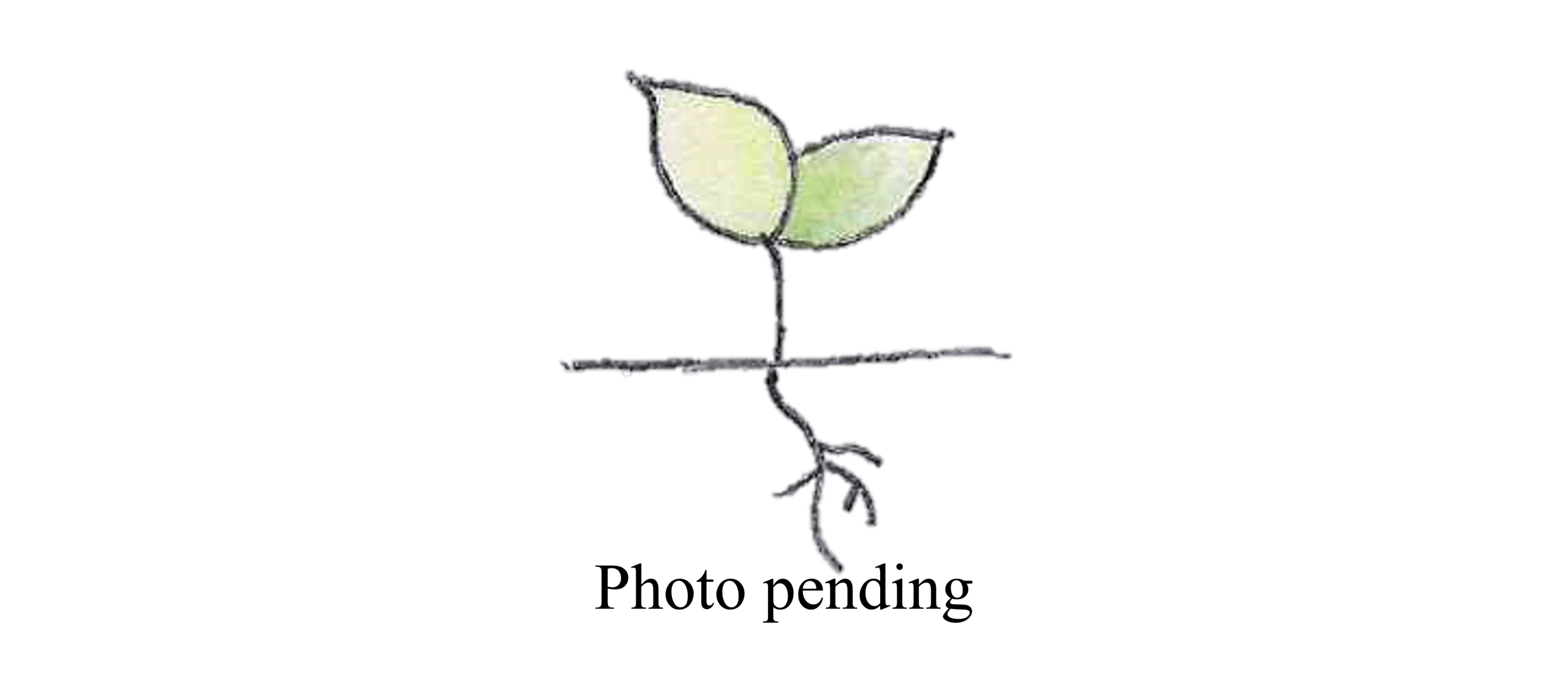Beach berry bush, latherleaf
Colubrina asiatica, Fam. Rhamnaceae

Shrub with a scandent, vine like growth habit, sending out multiple stems that can reach 9m. The branches have simple, alternate, glossy, ovate and acuminate leaves, 3.7–13.7cm long, with several prominent veins. Young branchlets glabrous.
| Weed Category: | |
| Weed: | No |
| Form or habit: | Vine (Climbing, Twining or groundcover), Shrub |
| Family: | Rhamnaceae |
| Leaf: | Leaves alternate; petiole 1-1.6 cm, pilose, leaf blade ovate, broadly ovate, or cordate, 4-8 × 2-5cm, submembranous or thinly papery, both surfaces glabrous or subglabrous, venation pinnate, secondary veins 2 or 3 pairs, prominent on both surfaces, base rounded or subcordate, margin coarsely crenate, apex acuminate, emarginate. Leaf margins are wavy or finely serrated. |
| Flower conspicuous: | Conspicuous |
| Flower colour: |
Yellow |
| Flower description: | Small, yellow flowers in axillary inflorescences. Pedicel 2-3 mm. Calyx tube hemispherical, sepals 5, triangular, adaxially distinctly keeled. Petals 5, obovate, cucullate, as long as stamens, clawed. June to September. |
| Fruit conspicuous: | Conspicuous |
| Fruit colour: |
Brown |
| Fruit: | |
| Fruit description: | Brown, globose, berry like capsule, 7-9mm in diameter, basally surrounded by remains of calyx tube, loculicidally dehiscent at maturity; locules 1-seeded; fruiting pedicel 4-6 mm. Seeds grey brown. September to December. |
| Habitat: | Coastal dune, open forest, rainforest, saltmarsh, vine thicket. |
| Distribution | Queensland, Northern Territory, Western Australia, New Guinea, Malesia, Melanesia, Asia, Africa, Pacific Islands. |
| Food source for: | |
| Toxicity: | No toxicity known |
| Origin: | Australia, New Guinea, Malesia, Melanesia, Asia, Africa, Pacific Islands. |
| Notes: | The plants grow in full to partial sun on upland sites, tolerance for poor soil, rocky, and salt-spray conditions, and occasional sea-water inundation. It is suitable as a barrier plant, hedge, or screen, especially in coastal areas. Seeds float and are tolerant to salt water, which allows the species to spread across oceans. Grow from seed. Under natural conditions, branches that come into contact with soil will root, hence propagation by cuttings is possible. |
| Information sources: | Atlas of Living Australia (2022) Colubrina asiatica (L.) Brongn., |



